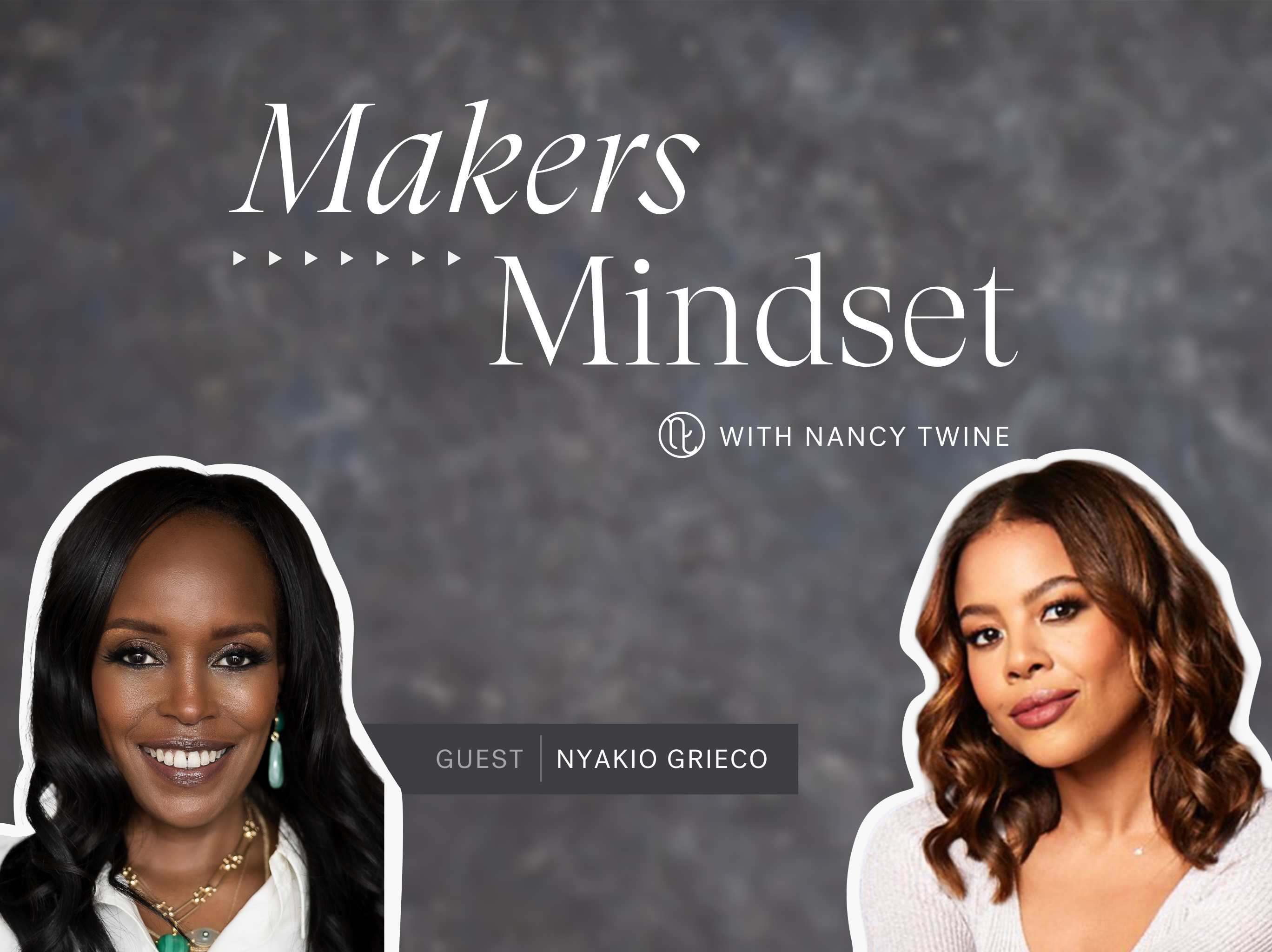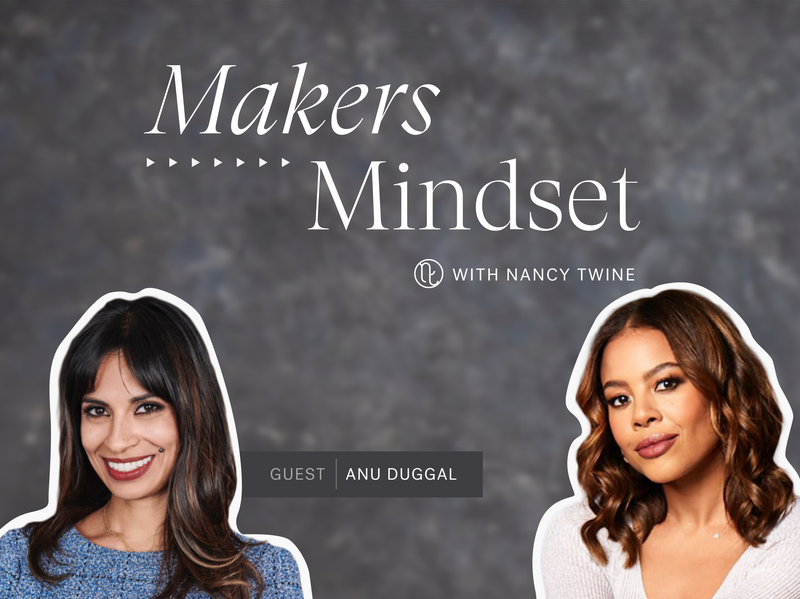Employing a social media strategy for business is not just an option, it’s a necessity.With Briogeo, I’ve seen firsthand the transformative power of these platforms. Social media is more than a tool; it’s a dynamic space where your brand can live, breathe, and interact with your audience. It’s not just about selling products; it’s about creating a narrative, a community, and a brand identity that resonates with people.
Choosing the Right Platforms for Your Business
Your journey on social media begins with understanding your audience. Who are they? Where do they spend their time online? It’s important to identify where your potential customers engage the most. Your platform choice should mirror your audience’s preferences. Each social media platform has its unique style and audience, and you should align the platforms you prioritize with your business objectives.
A visually-driven platform ideal for aesthetic and image-rich content. It’s an ideal platform for bringing your brand identity and company culture to life. It also offers e-commerce integration for direct sales and diverse engagement features.
The go-to platform for professional networking and B2B interactions, focusing on industry news and thought leadership, with targeted advertising for professionals. It’s also a great platform for amplifying company press and milestones, which also helps to support your company’s reputation in front of prospective clients and employees.
X (Twitter)
Ideal for real-time communication and showcasing brand personality, with a diverse audience and effective use of hashtags for wider reach.
TikTok
Dominates in short, viral video content appealing to a younger audience, known for high engagement rates and trend-driven, creative content opportunities.

Crafting Your Social Media Strategy
Defining Your Brand Voice: Authenticity and Relatability
Your brand voice is your business’s personality. It should be as authentic and unique to what your company represents. When I started my company, I made sure our voice was a reflection of our values – inclusive, vibrant, and sincere. This authenticity fosters a deeper connection with your audience.
Content Planning: Balancing Promotional, Educational, and Engaging Content
A well-rounded content strategy is key. Nix promotional posts and lean into content that’s educational, engaging, and unique. An example of this could be leveraging an interesting experiment to demonstrate your product’s performance. Instead of telling your audience that your brand’s athletic shorts whisk away 80% of sweat – create an experiment where you showcase the technology in action. Engaging, show-don’t-tell, education content helps support higher views and engagement..
Also, make sure to weave a narrative through your posts to create a story that your audience can follow. This could be the journey of a product from idea to market, a customer testimonial series, or behind-the-scenes glimpses into your business.Additionally, using content management tools, like Dash Hudson and Sprout Social can help in organizing and planning visual content effectively.
Consistency is Key: Frequency and Timing of Posts
Regular posting keeps your brand top of mind and also helps with the algorithm. Analyze when your audience is most active and time your posts accordingly to maximize engagement. It’s not only about frequency, but also maintaining consistent quality of content. Each post should offer some form of value and reflect your brand’s ethos.
Engaging and Growing Your Audience
Building a Community: Interaction Strategies (Comments, DMs, Live Sessions)
Social media isn’t a one-way street; it’s a dialogue with your community. Engage with your audience through comments, direct messages, and live sessions. These interactions build a sense of community, and celebrating content created by your customers creates a more inclusive and vibrant community.
Collaborations and Partnerships: Leveraging Influencers and Other Brands
Collaborations can be a powerful tool. Partnering with influencers and other brands can introduce your business to new audiences. Choose partners that align with your brand values and have an audience that would be interested in your offerings.
Utilizing Analytics: Understanding What Works and Adapting
Analytics can help you understand what resonates with your audience. Social media platforms, like Instagram and TikTok, offer insights into engagement, reach, and demographics, especially when the profiles are set up as business accounts. Use this data to refine your strategy, focusing on what works best for your brand. You can also employ A/B testing with your content to see what formats, styles, and messages gain the most traction, allowing you to adapt and refine your approach continually.
“Social media is an ever-changing landscape, but it remains a powerful tool for business growth.” – Nancy Twine
It’s not just about being present; it’s about being engaged, consistent, and strategic. Your journey in social media should be as dynamic and authentic as your business itself. Remember, it’s not just about reaching an audience; it’s about building a community that grows with your brand.
Which social media platform has been the most effective for your business and why? Share your experiences in the comments below!




